AMD Wraith CPU Cooler Review
Never has a stock CPU cooler garnered as much attention as AMD's Wraith. Manufacturers usually don't even mention these bonus items, but AMD's new CPU cooler has changed all of this. Is the Wraith really a game changer?
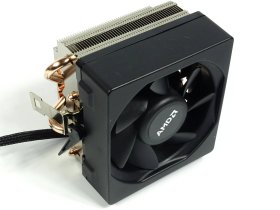
Technical Details And Test Setup
AMD named its new CPU cooler the Wraith, probably in an effort to conjure up the image of something that's both cold and quiet. The company's marketing team is incredibly confident in its latest thermal solution. Perhaps too confident. But we'll get back to that once we go over some of the comments made by Don Woligroski, AMD's global marketing manager of desktop CPUs and low-power APUs (and a former Tom's Hardware senior editor), during a briefing call last week.
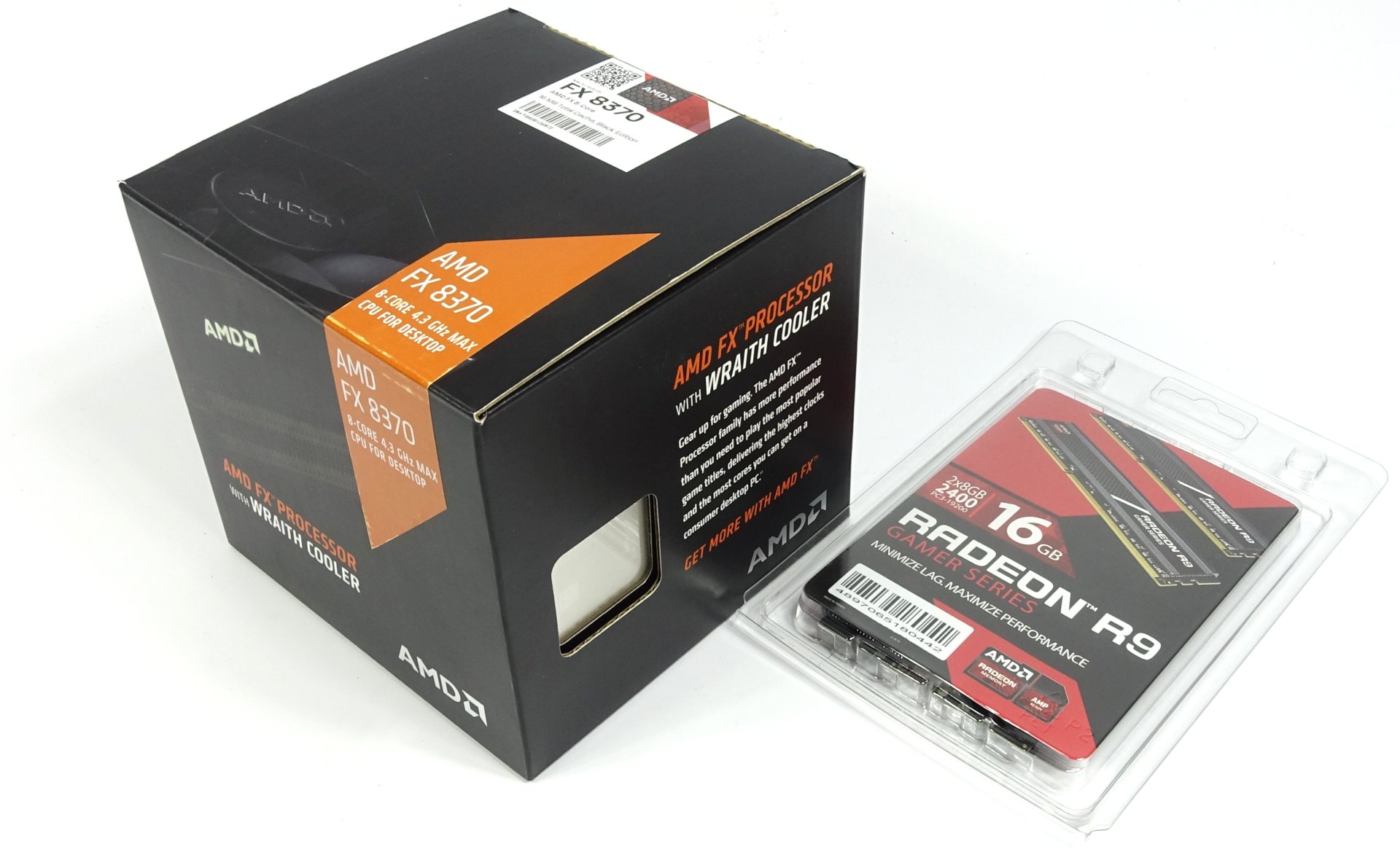
For now, AMD's FX-8370 is the only processor that comes bundled with the Wraith. The processor's price doesn't change as a result of the addition. Instead, any remaining FX-8370 processors with the old stock cooler are getting a discount. AMD's other 125W CPUs don't get the Wraith (for now). Whether they ever do will likely depend on the Wraith's success with its FX-8370. At any rate, at least AMD's 95W processors get an updated CPU cooler.
AMD's presentation offers a nice overview of the Wraith CPU cooler:
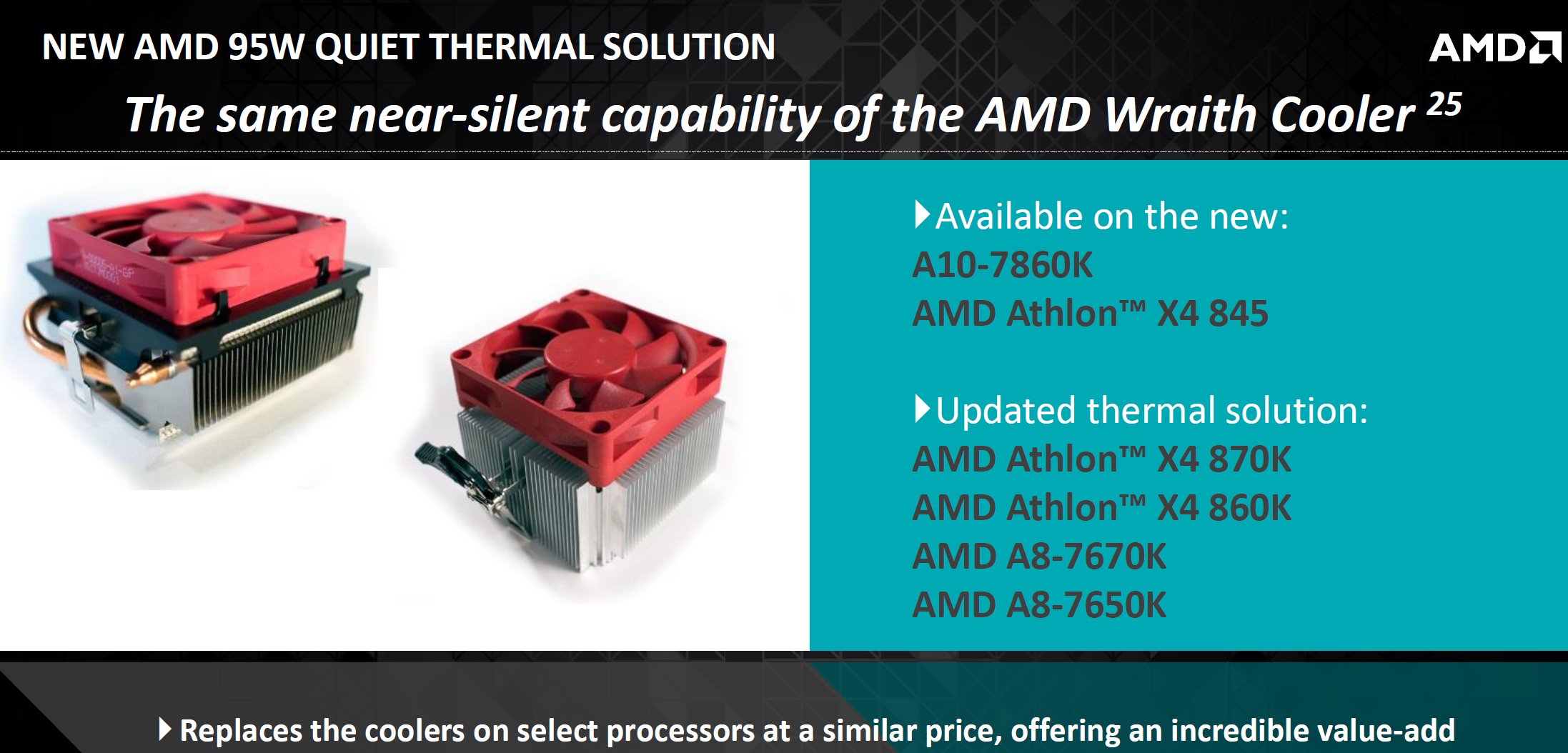
It's nice to see that the company is finally paying some attention to its bundled CPU coolers, which typically get the short end of the stick outside of the system integrator arena. AMD's goal was seemingly to provide just as much cooling headroom as absolutely necessary for the lowest possible price. Acoustics never appeared to be a big concern, which is why enthusiasts deride the stock experience so often.
The Wraith is noticeably larger thanks to its increased surface area. As usual, AVC (Asia Vital Components Ltd.) is the OEM that actually builds the coolers for AMD. Consequently, there's nothing new and exciting to be reported about how the Wraith is constructed, since we know the manufacturer's work from AMD-, Cooler Master-, and AVC-branded products.
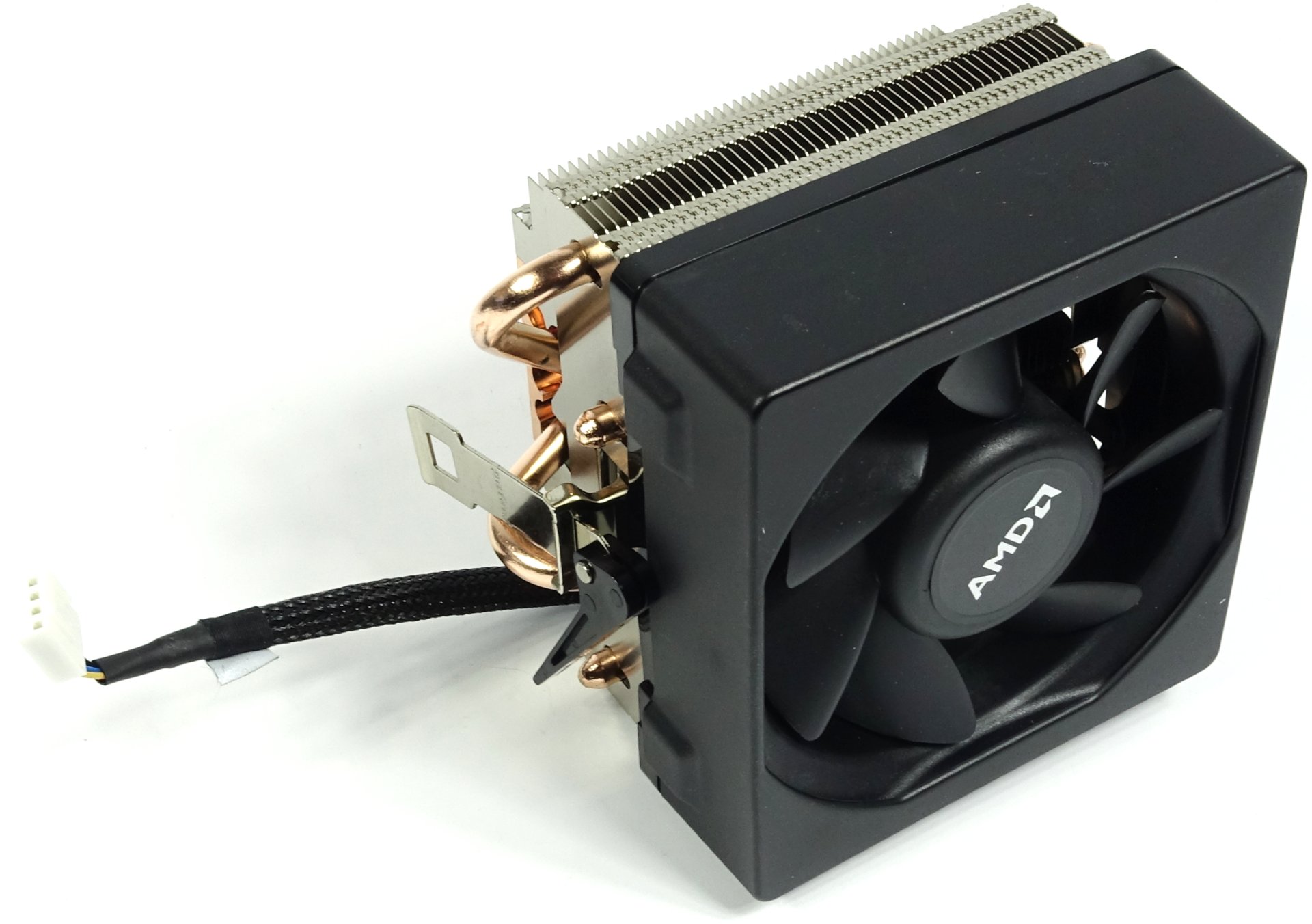
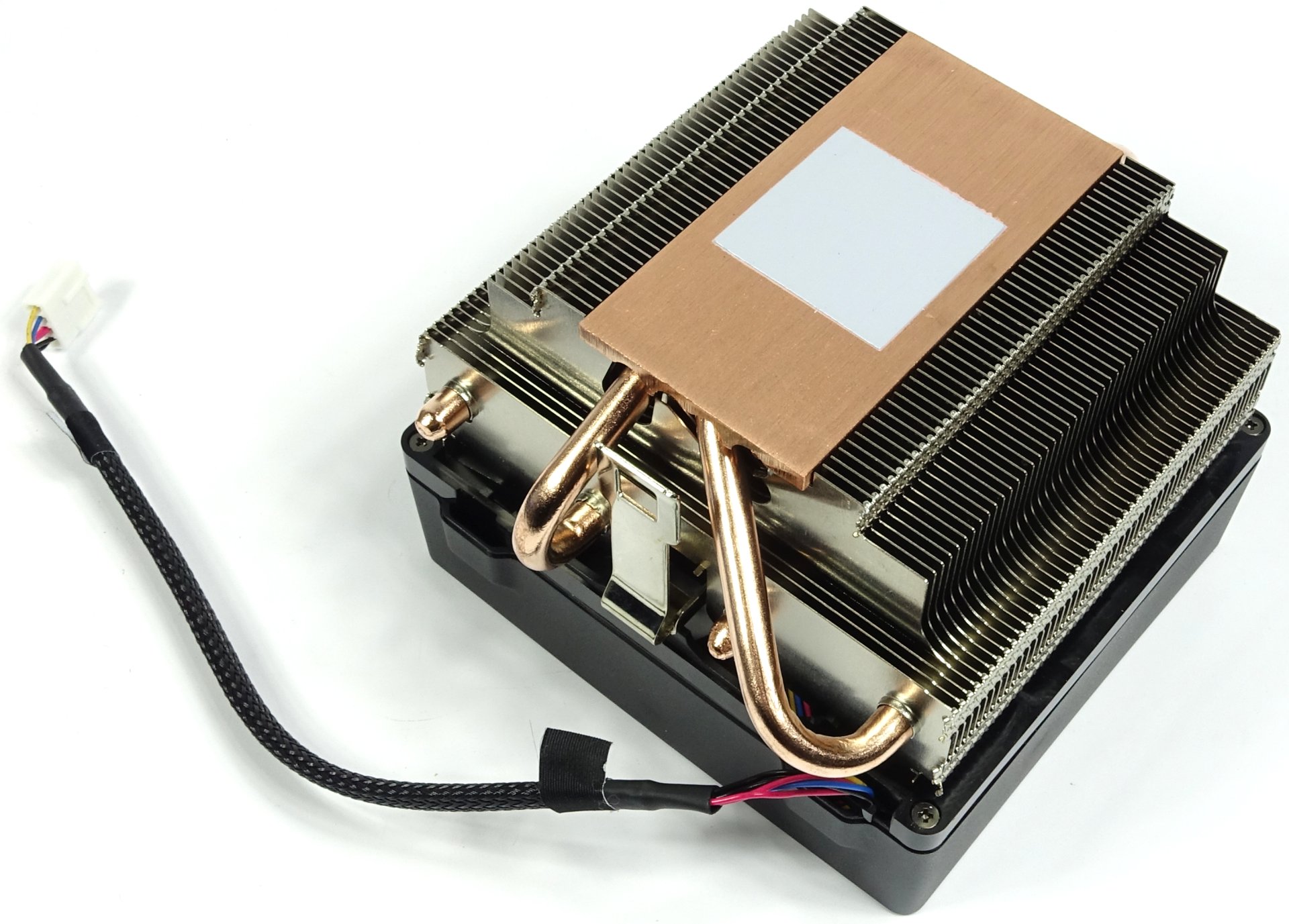
AMD's Wraith weighs in at 455g, which is a whopping 125g more than the old stock CPU cooler. It also has larger dimensions. It stands 8cm tall, is 10.4cm deep and has a width of 17.8cm measured from the end of one heat pipe to the end of the opposite heat pipe. The heat sink consists of two parts, which are stamped together. It contains a total of four 6mm pipes made of a copper composite material. These are supposed to distribute waste heat evenly across the aluminum cooling fins that are also stamped in place.
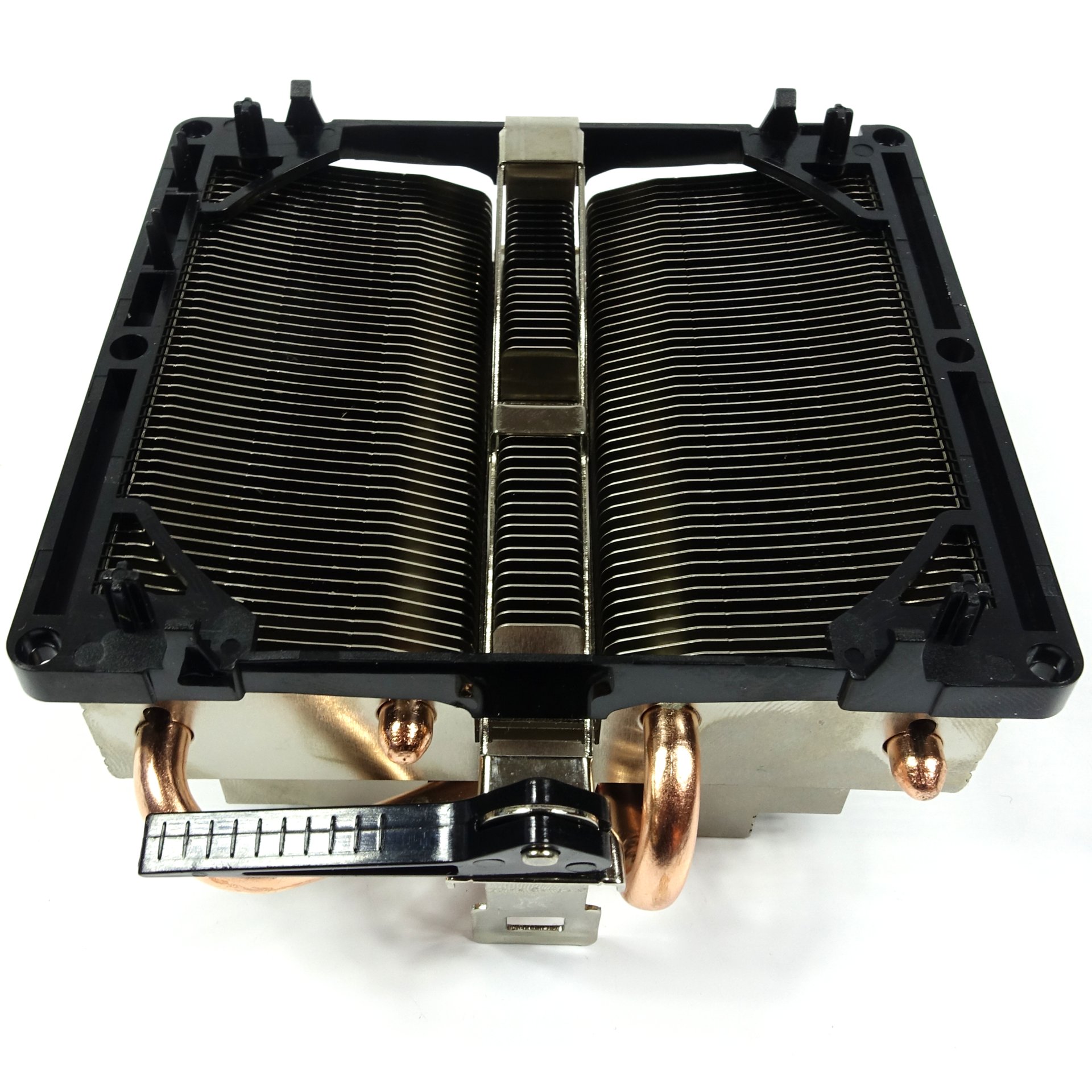
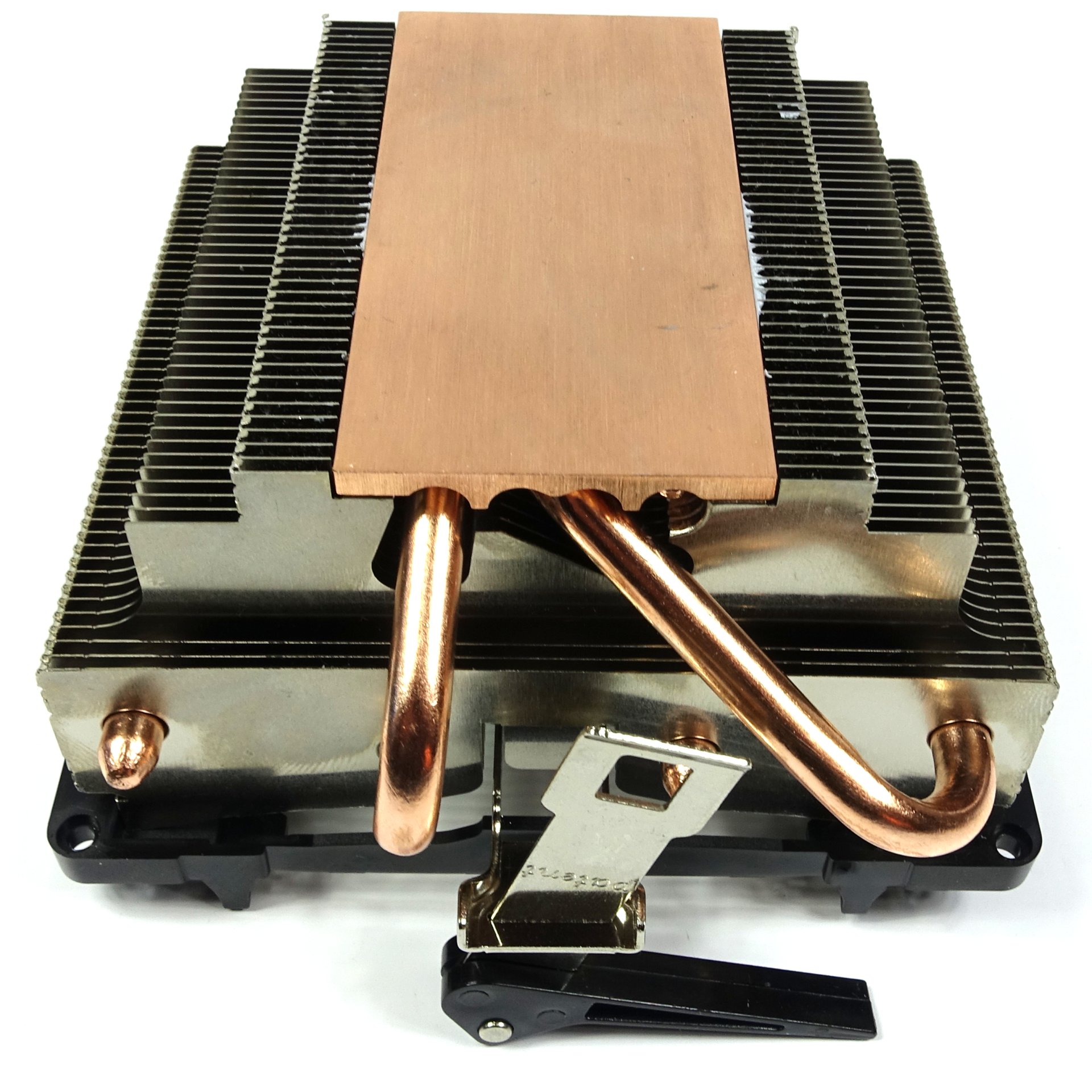
Once the Wraith's cover is removed, we find an old friend: the QFR0912H by Delta. This model has a 92mm fan that's 25.4mm thick and runs at up to 3200 RPM with 5 to 13V, consuming a maximum of 2.64W. At its peak voltage of 12V, we measured the RPM at exactly 3100. This particular fan costs less than $5 if purchased in large quantities, which doesn't exactly make it an expensive offering. However, it's not cheap either, and is most certainly a step up from the fan that was included on AMD's previous stock CPU cooler.
Stay On the Cutting Edge: Get the Tom's Hardware Newsletter
Get Tom's Hardware's best news and in-depth reviews, straight to your inbox.
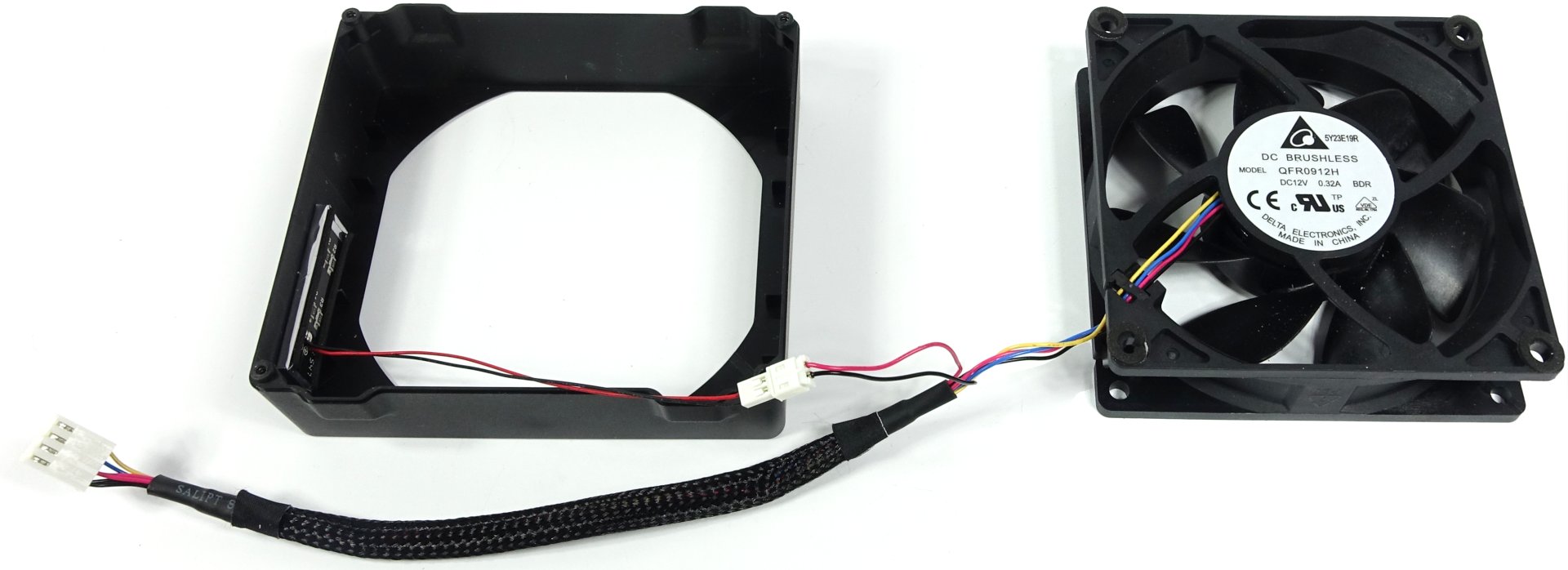

AMD's logo can be found hidden behind the Wraith's cover. The logo lights up once the Wraith becomes active, but when it's off, it is barely noticeable. This effect is achieved using a special coating, which is applied on the letters in a raster pattern.

Finally, a circuit board with its three SMD-LEDs and corresponding resistors is found behind the cover. It is connected via a thin 12V power cable, which is hidden between the cooler and its cover during assembly.
The Quietest High-End Cooler For Less Than $50?
Let's have Don Woligroski himself tell us about AMD's Wraith. Here's an audio recording of him speaking, which we're happy to share:
There are a couple of statements to note. First, the Wraith is a high-end cooler and AMD couldn't find a CPU cooler for less than $50 that was as quiet as the Wraith.
Test Setup And Comparison CPU Coolers
To be fair, we're not going to take the high-end cooler category moniker too seriously. After all, the Wraith should cost less than $15 to make and, short of a miracle, that means it just can't truly be a "high-end" cooler. It should be significantly better than all of the cheap $5 entry-level CPU coolers, though.
Consequently, we're having the Wraith compete against AMD's old 125W stock cooler to see just how big of a difference there really is between the two. We're also throwing the Thermalright Macho Rev.B into the mix, which represents the upper mid-level CPU cooler category and sells for the equivalent of around $50 in most countries.
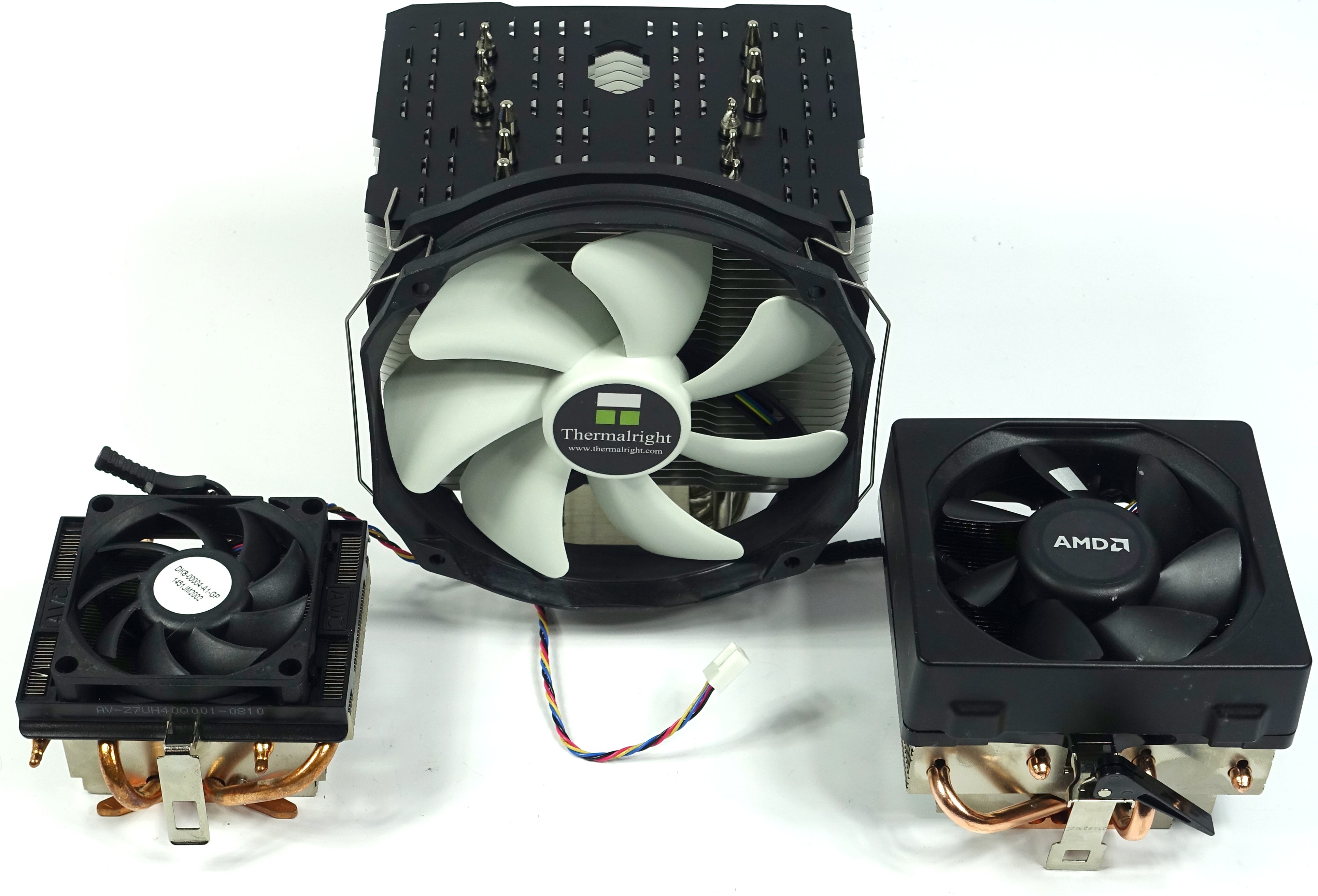
We could have added some less expensive models that perform similar to Thermalright's Macho and are closer to the Wraith by also using a top-down airflow design, but we wanted to show that an ultra-quiet tower CPU cooler doesn't always have to be, and sometimes shouldn't be, the obvious choice. We'll get back to this point in just a little while. First, let's take a quick look at our test setup and then turn our attention to the results.
| Test System And Hardware | |
|---|---|
| Test System | AMD FX-83702x 8GB Radeon R9 Gamer Series DDR3-2400MSI Gaming 9701x Crucial MX200, 500GB SSD (System)be quiet! Dark Power Pro 850W PSUWindows 10 Pro (All Updates) |
| Case | Lian Li Bench Table |
| Cooler | AMD Boxed (Old) 125W ModelAMD Wraith CoolerThermalright Macho Rev. B |
| Microphone | NTI Audio M2211 |
| Hardware | Steinberg UR12 (with Phantom Output for Microphones) |
| Software | Smaart v.7 |
| Measurement Chamber | Proprietary Dampened Measurement Chamber, 3.5x1.8x2.2m (LxDxH) |
| Control Measurements | Axial Measurements, Perpendicular to Center of Sound Source, Measurement Distance of 30cm |
| Output | Noise Level in dB(A) Slow RTA Measurement |
MORE: Best Cooling
MORE: Best Liquid CoolersMORE: Best CPUs
MORE: All Cooling Content
-
eklipz330 good work. however, if they expect to sell more processors because of this, they will surely be disappointed.Reply
good job noting the importance of top down coolers over tower coolers. -
Amdlova Please put in thest the old amd cooler with came with phenoms ddr2 i think its same cooler. good cooler btw, try overclock some to get it burn,Reply -
Calculatron I think the methodology and the data shown in this review makes it a great cooling review - I hope it sets a trend!Reply
I wonder how Crashman's old Thermalright MUX-120 might measure up? -
FormatC Reply17435232 said:Please put in thest the old amd cooler with came with phenoms ddr2 i think its same cooler. good cooler btw, try overclock some to get it burn,
The cooler is more or less the same. This model was built by AVC since the 125 watts FX 62 without major changes ;)
-
falchard Maybe people will buy the AMD CPU to cool their Intels. AMD should include an Intel adapter just in case.Reply
This review does bring some considerations towards cooling the motherboard. First it demonstrates how MSI gets its better performance, by allowing higher voltages and using higher quality capacitors. This is one of the reasons I love MSI, and one reason some MSI GPUs have burned. Second the big CPU coolers and liquid coolers don't adequately provide cooling to cheaper motherboard components. Higher end motherboards might be a different story with their large heat sinks. -
FormatC The heatsinks are only above the VRM. All things like coils or caps are not cooled. Take a look at our i7 5960X review and the IR pics and you know, what I mean ;)Reply
Scroll down to the video at the bottom:
http://www.tomshardware.com/reviews/intel-core-i7-5960x-haswell-e-cpu,3918-10.html
Heat is like a wave and soldered pins of caps are like antennas :D -
joshyboy82 Seems like this directly butts up against the Cryorig C7, which by my research does everything better. Also, if you have an Intel chip and are feeling left out by this new cooler, the C7 can massage your...worries.Reply -
FormatC The best replacement (temperatures, noise, price) is for me the Raijintek Pallas. But he has problems with higher RAM modules. The Wraith not :)Reply -
SuperVeloce "From this perspective, the Wraith actually cools better, since it cools the surrounding area on the motherboard in addition to the processor. In a closed case, this problem gets even worse, since the RAM sticks cut off any airflow below a certain point."Reply
This is actually not true if your case exhibit at least some airflow. Passive components will be better cooled in a good closed case rather than with open sides